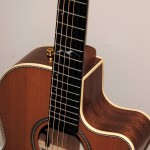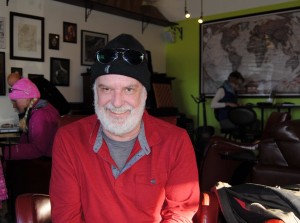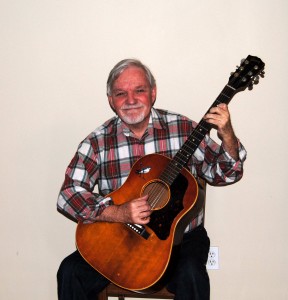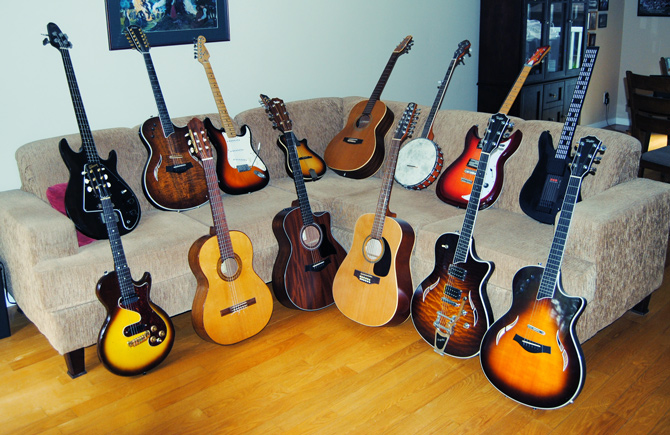When I was sixteen, way before I knew that Celtic music existed, I heard the first recording of Scottish guitarist Bert Jansch (1943-2011). Try as I might, I could not figure out how he got the notes on some of his songs – they sure weren’t on my guitar! Later I learned that Jansch, and many other guitarists involved in the 60s renaissance of traditional folk music in Britain, used alternate ways of tuning the guitar, called open tunings. These alternate tunings allowed the guitar to resonate more than the standard tuning.The most popular tuning for Celtic music was and still is DADGAD, so called for the notes at which the six guitar strings are tuned. Several of my own compositions are in alternate tunings – I think I use six different ones in all.
“The South Wind” is an Irish air composed in the 1700s by a man called Freckled Donal MacNamara. The lyrics speak of estrangement and the south wind bringing the wayward sailor back home. Irish airs are Sean-nós (Gaelic for “old-style”) songs sung without accompaniment and their beautiful melodies also translate well to different traditional instruments like the fiddle and the tin whistle but also to the guitar, thanks to those guitarists who spearheaded the folk music revival in Britain (Davy Graham, Bert Jansch, Martin Carthy John Renbourne, et al.). I play “The South Wind” in DADGAD and my arrangement is based on the playing of American guitarist Pat Kirtley, with one or two ornaments used by John Renbourne.
Here‘s “The South Wind.”



